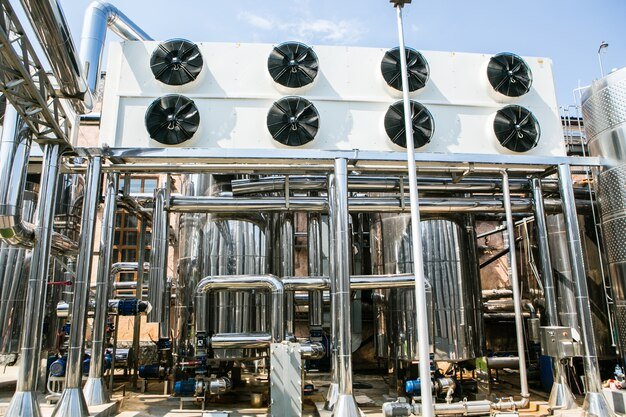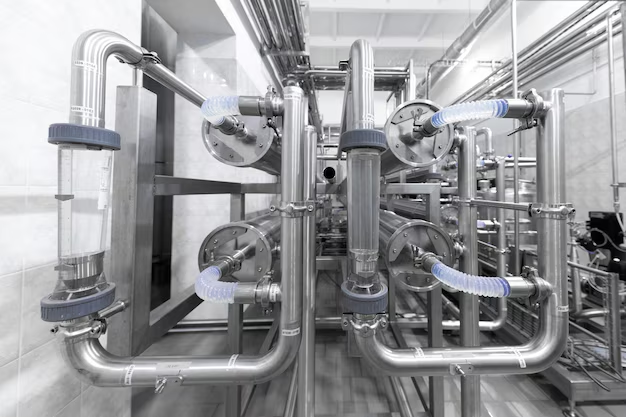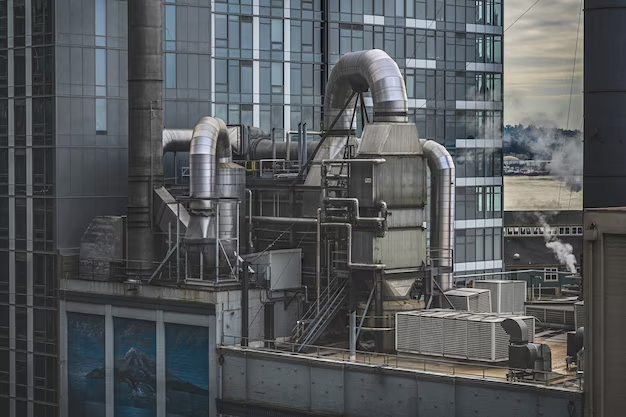192-97 lt1 cooling system: The Ultimate Guide

The LT1 engine has earned its reputation as a powerhouse in the automotive world, particularly among muscle car enthusiasts. Known for its robust performance, the 192-97 lt1 cooling system efficiency hinges significantly on its cooling system, which prevents the engine from overheating and ensures optimal performance.
Overview of the LT1 Engine
First introduced in the early 1990s, the LT1 engine has become synonymous with power and reliability. Its design integrates modern technology with classic muscle car vibes, making it a favorite among both manufacturers and car enthusiasts.
Importance of a Cooling System
A cooling system is not just an accessory; it’s a lifeline for any high-performance engine like the LT1. Without it, your engine could suffer from severe damage due to excessive heat. In short, a well-functioning cooling system keeps your engine running smoothly and extends its lifespan.
Components of the LT1 Cooling System
Let’s dive deeper into the various components that make up the LT1 cooling system.
Radiator
The radiator is the heart of the cooling system, responsible for dissipating heat away from the engine.
Function of the Radiator
It works by circulating coolant through the engine block, absorbing heat, and then sending it to the radiator where it’s cooled down by airflow. This process is vital in maintaining optimal engine temperatures.
Water Pump
The water pump plays a critical role in circulating coolant throughout the engine and radiator.

Importance of the Water Pump
A faulty water pump can lead to coolant starvation and, ultimately, engine overheating. It’s like the circulatory system of your car, pumping life-giving coolant where it’s needed.
Thermostat
The thermostat is a small yet essential component that regulates the coolant temperature.
Role of the Thermostat
It opens and closes based on temperature, ensuring that the engine warms up quickly while preventing it from overheating. If it fails, it can lead to inconsistent engine temperatures.
Coolant Reservoir
This reservoir holds extra coolant that can be used when needed.
Significance of the Coolant Reservoir
Think of it as a safety net. If your coolant level gets low, the reservoir provides a backup supply, preventing overheating and engine damage.
How the LT1 Cooling System Works
Understanding how these components work together helps in diagnosing problems and optimizing performance.
Cooling Cycle Process
When the engine runs, coolant circulates through the engine block, absorbs heat, and flows back to the radiator. This cycle continues as long as the engine is running, keeping temperatures in check.
Temperature Regulation
The thermostat ensures that the engine reaches its optimal operating temperature quickly but also prevents it from getting too hot, creating a balanced environment for performance.
Common Issues in the LT1 Cooling System
Even the best systems can encounter issues. Here’s what to look out for.
Overheating Problems
Overheating can be a serious issue for the 192-97 lt1 cooling system engine.
Causes of Overheating
Common culprits include low coolant levels, a malfunctioning thermostat, or a failing water pump. If you notice your engine temperature rising, it’s crucial to investigate immediately.
Coolant Leaks
Coolant leaks can lead to significant issues if not addressed quickly.
Identifying Coolant Leaks
Look for puddles under your car or a sweet smell in the engine bay—these are telltale signs of a coolant leak. Regularly checking your coolant levels can also help catch this issue early.
Water Pump Failures
The water pump is essential for coolant circulation, and its failure can be catastrophic.
Symptoms of Water Pump Failure
Listen for unusual noises or watch for coolant leaks around the pump. If you experience inconsistent engine temperatures, your water pump may be on its last legs.
Maintenance Tips for the LT1 Cooling System
Preventive maintenance can save you from costly repairs down the road.
Regular Inspections
Regularly check your cooling system components for wear and tear. Catching issues early can prevent bigger problems later.

Read Also: saturn-trines-meaning-past-lives
Coolant Replacement
Coolant degrades over time. Follow the manufacturer’s guidelines for replacement intervals to ensure your 192-97 lt1 cooling system remains effective.
Radiator Cleaning
Dust and debris can clog your radiator. A thorough cleaning can help improve airflow and cooling efficiency.
Upgrades and Modifications
For those looking to push their LT1 engine further, consider some upgrades.
High-Performance Radiators
Upgrading to a high-performance radiator can enhance cooling efficiency, especially during high-stress situations like racing.
Electric Water Pumps
Electric water pumps can offer more consistent coolant flow and reduce drag on the engine, improving overall performance.
Conclusion
The 192-97 lt1 cooling system is vital for the longevity and performance of your engine. Regular maintenance, timely repairs, and understanding how your cooling system operates are key to keeping your LT1 running at its best. By staying proactive, you can enjoy a smoother, more reliable driving experience.
FAQs
What type of coolant is best for the LT1 engine?
It’s recommended to use a high-quality, ethanol-free coolant formulated for high-performance engines.
How often should I check the cooling system?
Regular checks every few months or before long trips are advisable to catch any potential issues early.
Can I flush the cooling system myself?
Yes, but ensure you follow the correct procedures and dispose of old coolant responsibly.
What are the signs of a failing thermostat?
Common signs include inconsistent engine temperatures and overheating.
Is it safe to drive with an overheating engine?
No, driving an overheating engine can cause severe damage. Pull over and let it cool down immediately.



